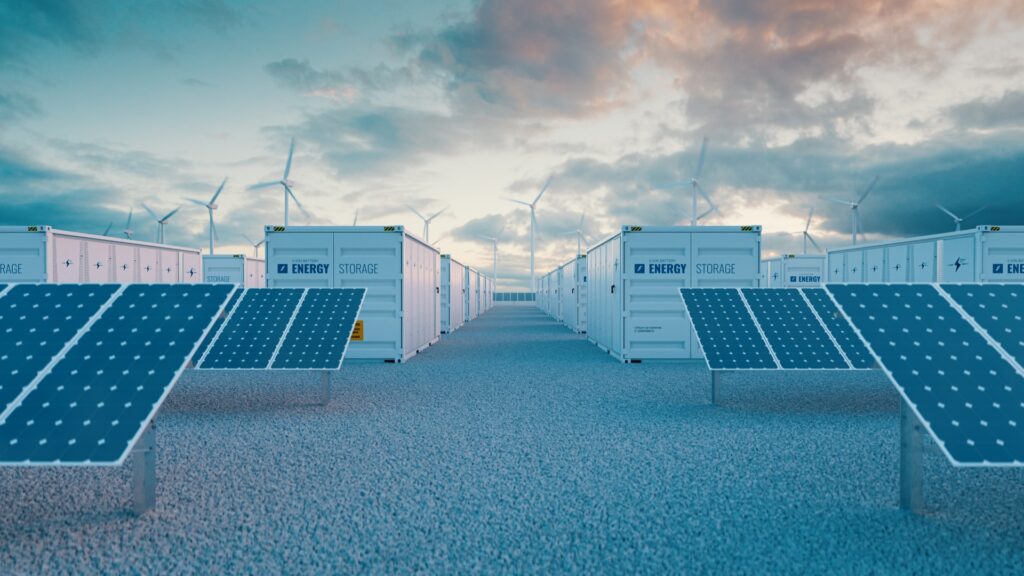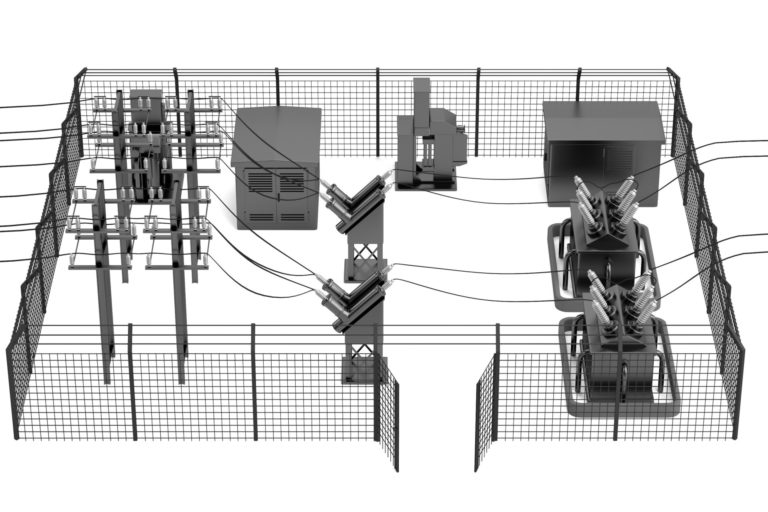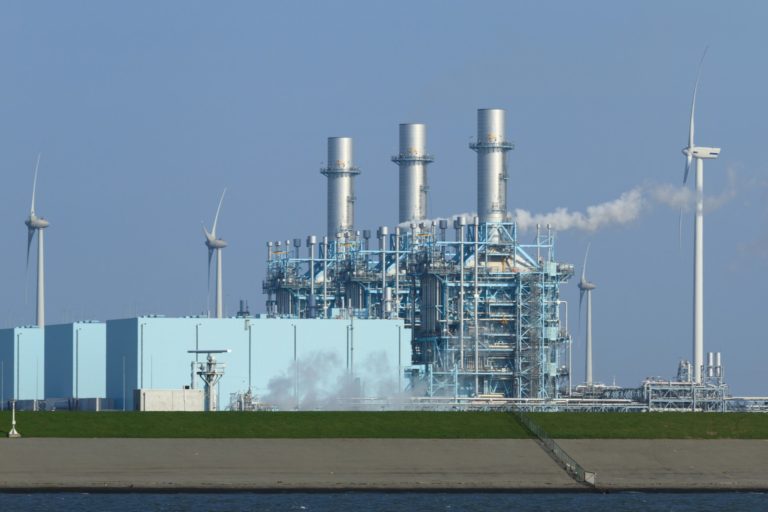
Introduction
The global energy landscape is rapidly evolving, with a growing emphasis on renewable energy
sources such as solar and wind power. However, the intermittent nature of these sources
presents a challenge for maintaining a reliable and stable energy supply. This is where Energy
Storage System (ESS) technologies come into play, offering the capability to store excess energy
and release it when needed, thus enhancing grid flexibility, stability, and resilience. In this blog,
we delve into various ESS technologies and highlight some remarkable utility-scale projects that
are shaping the future of energy storage
Energy Storage System Technologies
- Lithium-Ion Batteries: Lithium-ion batteries, widely recognized for their use in
consumer electronics, have transitioned into the energy storage domain. These batteries
offer high energy density, fast response times, and are suitable for various applications,
from small residential systems to utility-scale projects. Notable utility-scale installations
include the Hornsdale Power Reserve in Australia and the Moss Landing Energy Storage
Facility in California. - Flow Batteries: Flow batteries operate by storing energy in liquid electrolytes that flow
through electrochemical cells. They offer a longer cycle life compared to traditional
batteries and can be scaled up easily. The Rongke Power project in China, featuring a 200 MW/800 MWh flow battery system, showcases the potential of this technology for large-scale energy storage.
- Pumped Hydro Storage: This age-old technology involves pumping water to an
elevated reservoir during times of low demand and releasing it to generate electricity
during peak demand. Pumped hydro storage accounts for a significant portion of global
energy storage capacity. Projects like the Bath County Pumped Storage Station in
Virginia, USA, exemplify the success of this reliable technology. - Compressed Air Energy Storage (CAES): CAES systems store energy by compressing
air and injecting it into underground caverns. When demand spikes, the stored air is
released to power turbines and generate electricity. The McIntosh CAES Plant in Alabama, USA, is a prime example of utilizing natural underground formations for large-scale energy storage.
- Thermal Energy Storage: This technology stores energy in the form of heat, which can
be released to generate electricity or provide heating and cooling. Molten salt thermal
storage systems are often integrated with concentrating solar power plants. The Crescent
Dunes Solar Energy Plant in Nevada, USA, is renowned for its innovative molten salt
tower thermal energy storage system.
Utility-Scale Energy Storage Projects
- Hornsdale Power Reserve, Australia: This project, often referred to as the “Tesla Big
Battery,” consists of a 150 MW/194 MWh lithium-ion battery system. It has
demonstrated its capability to stabilize the grid, respond to sudden frequency changes,
and provide backup power during outages. - Moss Landing Energy Storage Facility, USA: With a massive capacity of 400
MW/1,600 MWh, this lithium-ion battery installation is one of the largest of its kind. It
contributes to California’s grid reliability and supports the integration of renewable
energy sources. - Rongke Power, China: Featuring a 200 MW/800 MWh vanadium flow battery system,
this project showcases the potential of flow batteries for utility-scale applications. It plays
a vital role in China’s transition to clean energy. - Bath County Pumped Storage Station, USA: Operating for decades, this project has a
capacity of 3,003 MW and is one of the largest pumped hydro storage facilities globally.
It helps stabilize the grid and manage peak demand. - McIntosh CAES Plant, USA: This CAES facility has a capacity of 110 MW and can
deliver electricity for up to 26 hours. It illustrates the role of underground formations in
storing energy and supporting grid stability. - Crescent Dunes Solar Energy Plant, USA: While the solar plant itself has a capacity of
110 MW, its integrated thermal energy storage system allows for continuous power
generation even after sunset.
Conclusion
As the world continues its transition towards a more sustainable energy future, energy storage
system technologies have emerged as key players in ensuring grid stability, improving reliability,
and maximizing the utilization of renewable energy sources. The utility-scale projects
highlighted in this blog serve as testament to the rapid advancements and promising potential of
energy storage technologies. With further research, innovation, and investment, we can expect
even more groundbreaking projects that will revolutionize the way we store and distribute
energy.




